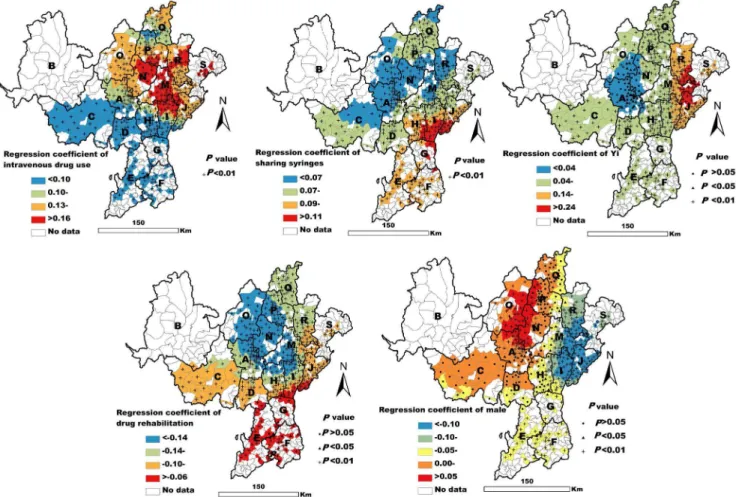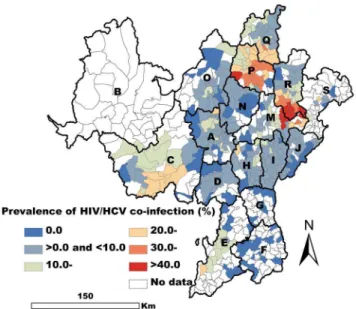HIV-, HCV-, and co-infections and associated risk factors among drug users in southwestern China: a township-level ecological study incorporating spatial regression.
Texto
Imagem



Documentos relacionados
Apesar da relação temporal complexa entre imagem e texto no nível de história — ou seja, a correlação entre durações do que está sendo dito e mostrado —, a equação
The probability of attending school four our group of interest in this region increased by 6.5 percentage points after the expansion of the Bolsa Família program in 2007 and
Nesse sentido, Freud assume que a partir da segunda teoria pulsional a Psicanálise se valeu de uma linha argumentativa hipotética e que a partir daí “as idéias
In order to estimate the prevalence of human immunodeficiency virus type 1 (HIV-1) and hepatitis C virus (HCV) co-infection in hard-to-reach intravenous drug users, 199 subjects
Given the high prevalence of co-infection by HCV and HIV and the numerous complications that co-infected patients present, this work aims to map the C3435T poly- morphism of the
The factors found, associated to the compliance with the treatment of the co-infection HIV/TB, related to: the individual and his lifestyle (previous TB treatment, fear of stigma
Considering the risk factors associated with HCV transmission, the parenteral route was reported in 46.1% of co-infected patients HIV/HCV who reported a single route of
The objectives of this study were to estimate the risk of vertical HIV transmission and assess the associated factors and missed opportuni- ties for prevention in a cohort of